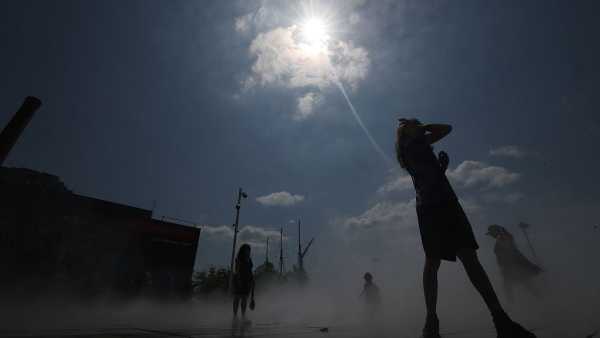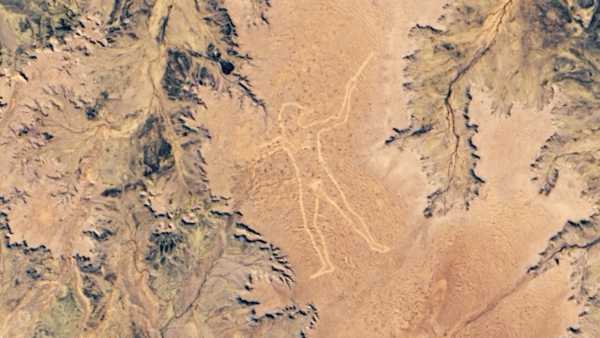
Everyone probably knows what a serious nuisance happened to the fauna of the Black Sea. In the middle of the last century, voracious aliens – venous rapans – penetrated its waters.
They arrived here on ships from the Far East, most likely by attaching their eggs to their bottoms, and settled in the new territory without any problems. In the Black Sea, the rapans did not encounter any natural predators capable of controlling their population. However, they found plenty of suitable food for themselves.
They began to exterminate local bivalve mollusks: mussels, oysters, scallops, and others. The consequences were catastrophic. For example, the population of the Black Sea scallop was on the verge of extinction, and now even finding its shell on the shore is a great luck.
Oysters are now mostly farmed, as their natural populations have been severely affected. Mussels are still holding on, but their numbers are also steadily declining.
Rapans are very voracious and reproduce rapidly. They are able to use their muscular tongue-drill (radula) to drill holes in the shells of their victims and devour them without encountering resistance. As a result, there are more and more rapans in the Black Sea, and fewer and fewer other mollusks.
The problem has been talked about for a long time, but they can't find an effective solution. There were some hopes for the main predator of the planet – man. There were calls to catch more and eat rapans more actively, because their meat is very tasty. However, it seems that the high price of this delicacy in stores scares many away, despite the huge number of rapans in the sea.
Some scientists have hypothesized that when rapans destroy their entire food supply, they may start eating each other. However, this is, of course, not a solution to the problem, but only one of the possible scenarios. Not so long ago, there was hope for one of the local inhabitants, which could influence the number of rapans. And this is the Black Sea goby.
Where did it come from and why was it silent before? In fact, this goby is an indigenous inhabitant of the Black Sea. It is a ratan goby that has always lived here, it just didn’t pay much attention to the rapans before. Why has its behavior changed now? It is assumed that this is because the rapans have destroyed its usual food as well. If before the ratan goby mainly stayed at depth, now it is increasingly being spotted near the shore.
On the beach, it faces the same food shortage, so it is forced to look for new sources. Scientists and fishermen have noticed that the goby has begun to actively eat rapan caviar, and perhaps also hunt young, not yet strong mollusks.
So, for one voracious predator, another has been found. Will the ratan goby be able to significantly affect the population of the invader? This is still an open question. But if this local resident really adapts to hunting for caviar and young rapans, this may become an important natural factor that will at least partially restrain its spread. And this, in turn, will give the remnants of mollusks native to the Black Sea a chance to gradually restore their numbers.





